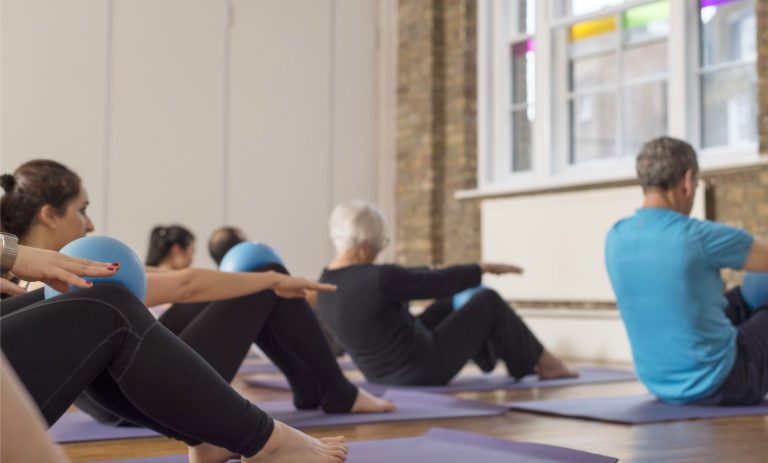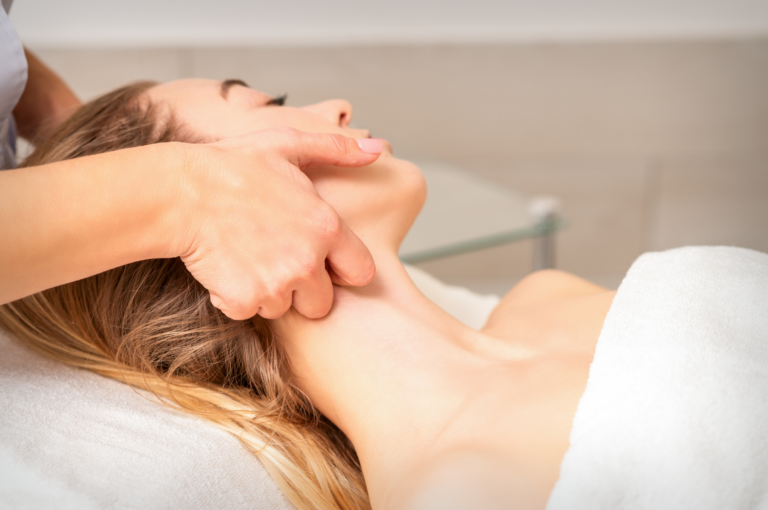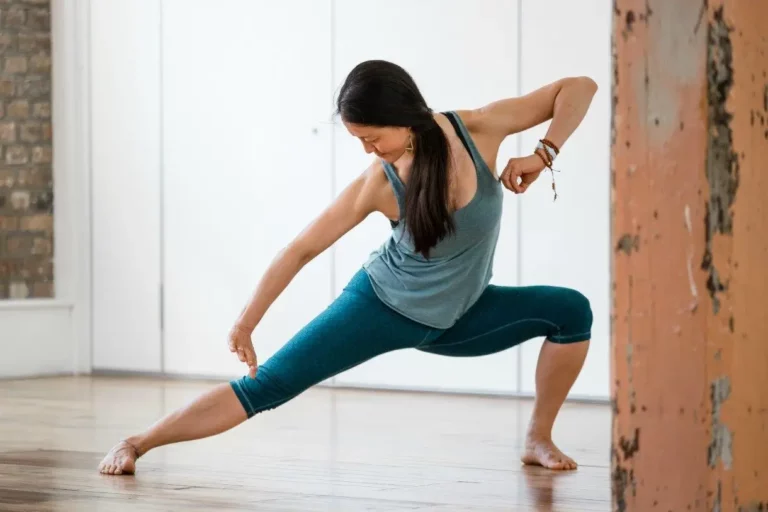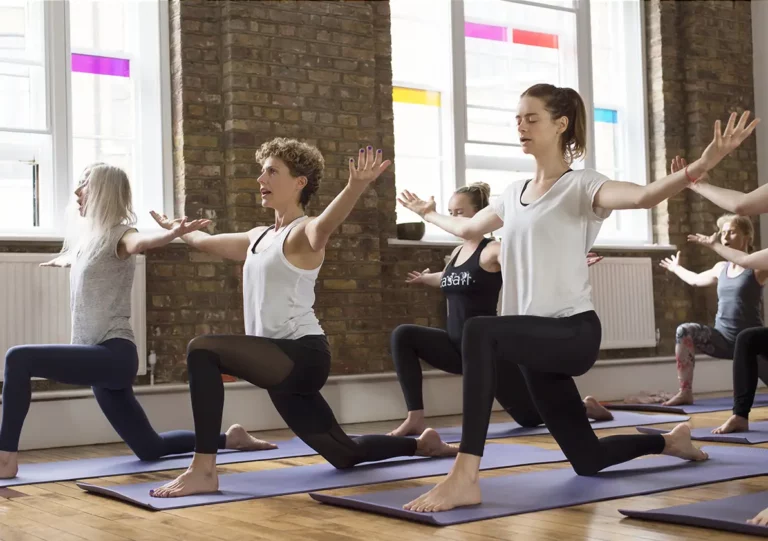We can sometimes take daily movement and getting about for granted, but taking the time to observe, feel and move can drastically improve our quality of life. Soft tissue therapist and Pilates instructor Phil Bishop shares the ins and outs of soft tissue therapy as well two powerful yet simple exercises to try at home.
Soft tissue therapy is the management, manipulation and rehabilitation of soft tissues of the body including muscles, tendons and ligaments. Soft tissue injury often has its basis in movement impairment, with associated pain from not having moved enough, or having moved too much.
The science of soft tissue therapy
The neurons in the whole body and brain comprise only about 2% of the whole body, but they use 25% of all the available oxygen and glucose. Improving blood flow and oxygen supply to our nerves through soft tissue treatment and movement can assist:
– Over or under stimulated nerve endings
– Over or under active muscle tone
– Muscles that are shortened or lengthened
– Improve circulation and lymphatic flow
– Promote a positive mental approach to sporting preparation and the physical aspects of our daily lives
What is movement assessment?
Our most mundane movements and postural positions are actually quite complex and require the harmonious integration of movement forces, joint stability and firing patterns. We take daily movement and getting about for granted, but we can improve the quality of our lives by taking time out to observe, feel and move. Movement assessment is often used by the therapist in a Pilates or a soft tissue therapy treatment, giving important information as to how to tailor your session to your specific needs.
Pilates for improved movement
Pilates exercises are taught as whole movements, not bits of movement – they allow us to work through movement giving us implicit knowledge of how we move. They prioritise the spine and control of the joints to integrate and balance the body.
Soft tissue therapy treatments aim to address both the region of dysfunction and the body as a whole. Home exercises and movement classes complement your treatment by maintaining mobility in and around your nervous system.
Simple exercises to try at home
Exercise 1 – median nerve stretch
Typing with a forward head posture can lead to neural tension along the median nerve. The median nerve is indicated in carpal tunnel syndrome, the nerve starts at the neck and runs down the arm to the palmar surface of the hand.
Sitting or standing upright-raise the affected arm out to your side at shoulder height – extend the wrist to point your fingers downward – palm away – then tilt your head in the opposite direction. Hold for ten seconds – release then repeat five times. Do this three times per day.
Exercise 2 – the pelvic tilt
It’s easy to stay in a fixed position when sitting, essentially in the hips and lower back.
Sit upright and feel your sit bones then tilt back slowly to flatten your lower back- tilt forward to arch your lower back. Try to remain upright as you tilt.
Phil Bishop is a soft tissue therapist and Pilates instructor and member of the Association for Soft Tissue Therapists. He is a therapist and Pilates (studio) Instructor at triyoga Camden.
Click here to book a movement assessment and soft therapy treatment with Phil Bishop.
Click here to view Phil’s mat Pilates class schedule at Camden and Shoreditch.









